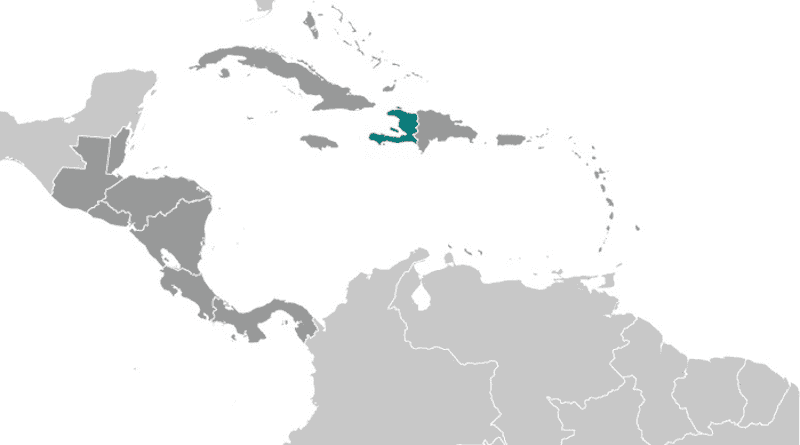Recount and Review of Haiti’s Election Tally Shows Massive Irregularities
By CEPR
An independent recount and review of 11,171 tally sheets from Haiti’s November 28 election shows that the outcome of the election is indeterminate. The review, conducted by the Center for Economic and Policy Research (CEPR), found massive irregularities and errors in the tally. A report detailing the recount’s findings, and methodology, will be made available next week.
“With so many irregularities, errors, and fraudulent vote totals, it is impossible to say what the results of this election really are,” said Mark Weisbrot, economist and CEPR Co-Director.
“If the Organization of American States certifies this election, this would be a political decision, having nothing to do with election monitoring,” said Weisbrot. “They would lose all credibility as a neutral election-monitoring organization.”
Among the preliminary findings:
- While OAS Assistant Secretary General Albert Ramdin was quoted by the Associated Press as saying that “Nearly 4 percent of polling place tally sheets used to calculate the results were thrown out for alleged fraud at the tabulation center,” the actual number is closer to 12 percent. CEPR found that 11.9 percent (1,324) of the tally sheets were either never received by the CEP (Haiti’s Provisional Electoral Council) or were quarantined by the CEP due to irregularities. These tally sheets added up to more than 15 percent of the total votes counted.
- In addition to the 11.9 percent of tally sheets not counted by the CEP, CEPR found that 6.4 percent of the tally sheets were irregular. These tally sheets contained vote counts that were so far outside the distribution of votes that they would not be considered valid. If we add these to the tally sheets not counted by the CEP, there are more than 18 percent of tally sheets – representing more than 22 percent of votes counted — that are invalid.
- In addition, there were widespread clerical errors – mis-recorded numbers – on the tally sheets: 5.4 percent of tally sheets had numbers that were obvious clerical errors. Although these errors did not necessarily affect the distribution of votes among the candidates, they add another element of uncertainty to the vote count. It is clear that with so many mistakes in recorded totals in the tally sheets, there would have to be errors in the candidate vote counts in addition to those that CEPR detected.
- Turnout was extremely low: an estimated 22.3 percent of the electorate participated, as compared with 59.3 percent in the last (2006) presidential election. This was partly due to the fact that more than 12 political parties were arbitrarily excluded from participating in the election, including the country’s most popular political party.
- Internally displaced people (IDP’s), who have been made homeless by the earthquake, were especially disenfranchised. In the cities of Port-au-Prince, Carrefour, Delmas and Petionville – which contain 20 percent of Haiti’s registered voters – the average participation rate was just 12.4 percent (11.25 percent if we remove additional irregular tally sheets).
“This election was of questionable legitimacy to begin with because the electoral authorities banned over a dozen political parties, including the country’s most popular political party,” said Weisbrot. “But with this massive level of irregularity, fraud, and disenfranchisement, it can hardly be considered a legitimate election.”

